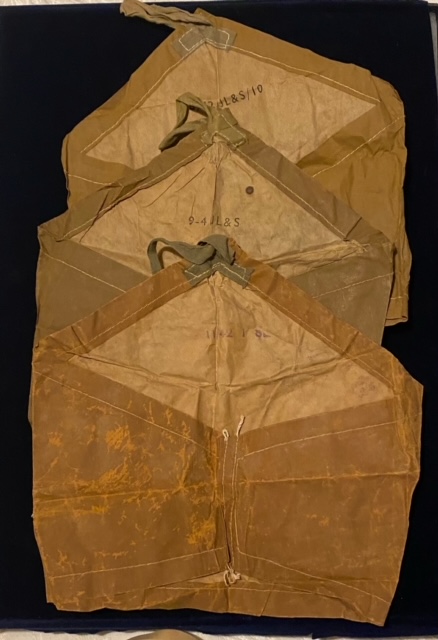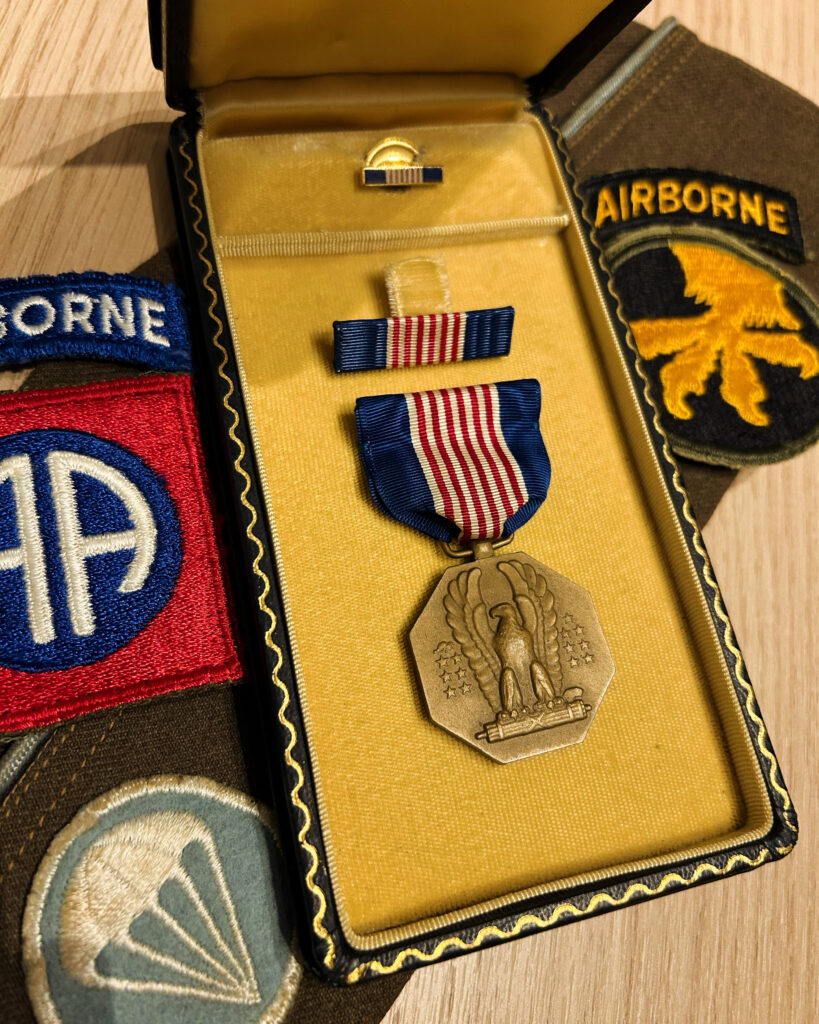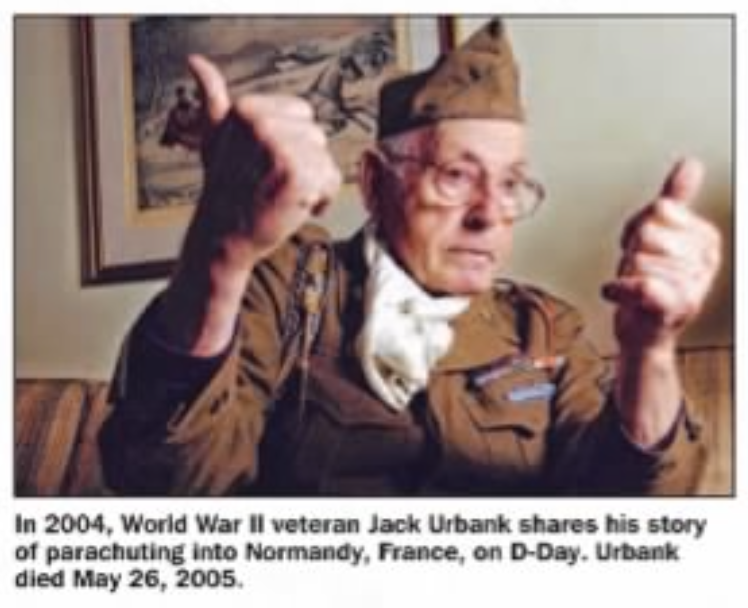The third book on my summer reading list, again about the 82nd Airborne Division. Not the 508th PIR this time, but Division Headquarters. Written by Len Lebenson, who served with the division from the very beginning, but didn’t earn his jump wings until after D-Day. From North Africa, to Sicily, Italy, England, Normandy, Holland, all the way to the Elbe in Germany, we follow his story told from a very different point of view. In his capacity as a typist and draftsman with G-3 (Operations) Lebenson had many encounters with the great leaders of the time, such as generals Gavin, Ridgway and Patton. He was fully ‘bigoted’, so cleared on the operational details, but not a combat soldier like we see in most other books.
I can really recommend this book. Lebenson brings up some interesting details that I hadn’t seen in other books. Such as how after the German capitulation, the high-point men were transferred to the 17th Airborne (they would tear off those Talon patches as soon as they arrived back in the States). Some of them were leaving on a program callled “the Purple Project”. This would take them on a long detour back home via Africa, across the South Atlantic to Brazil and then North to the States.

























